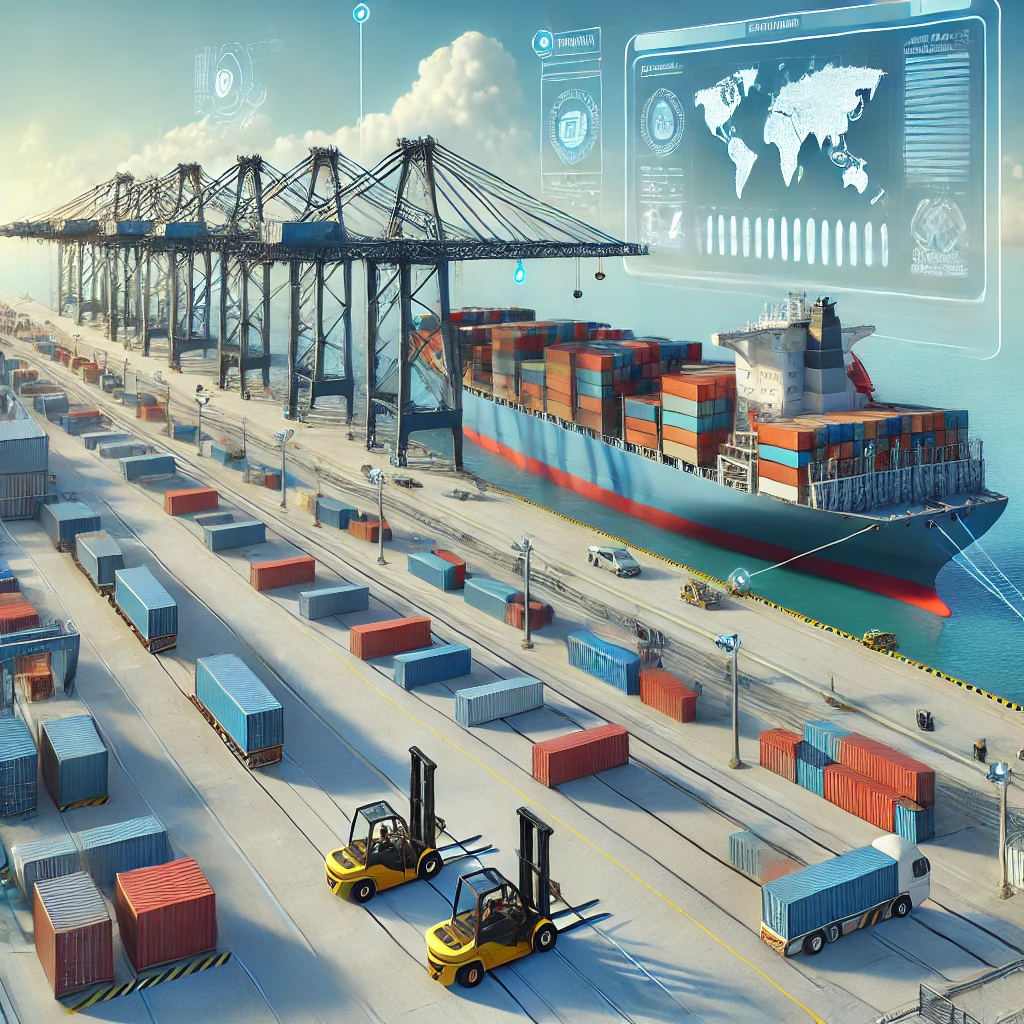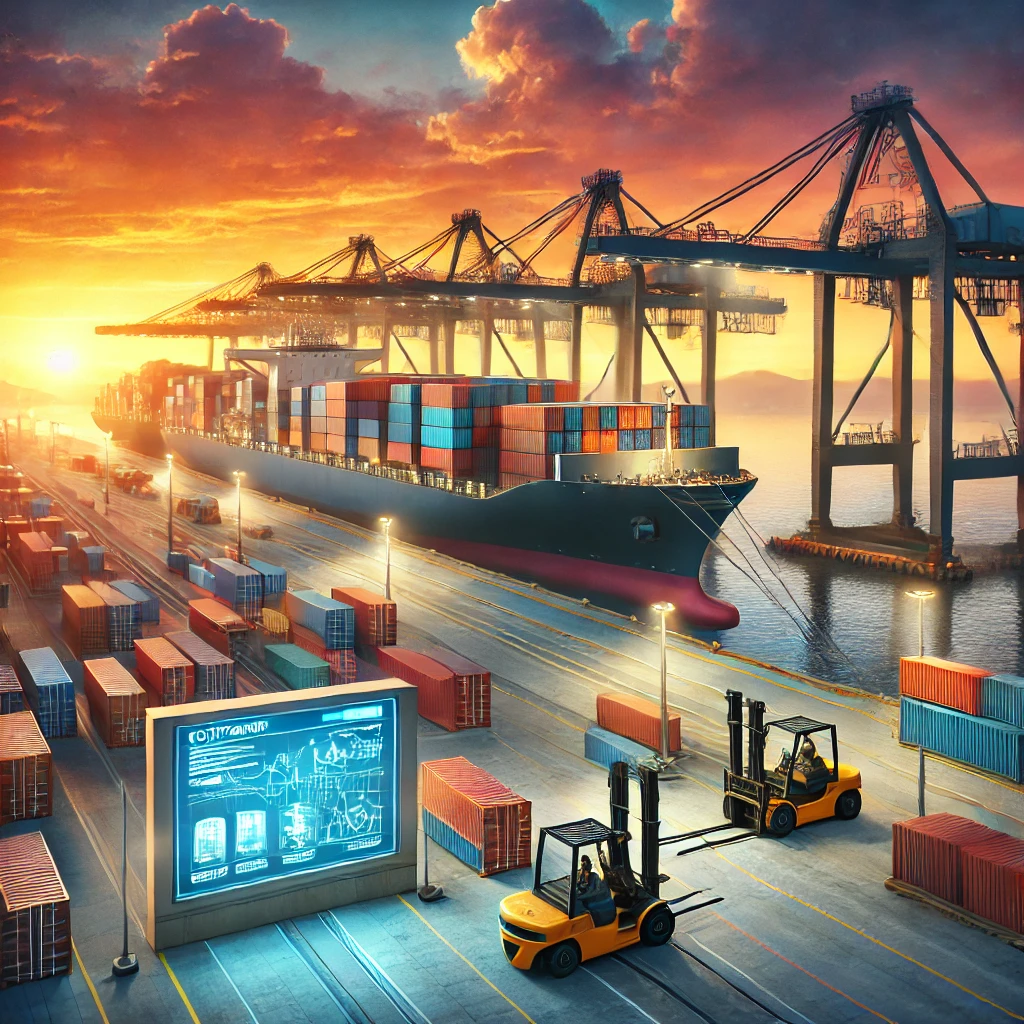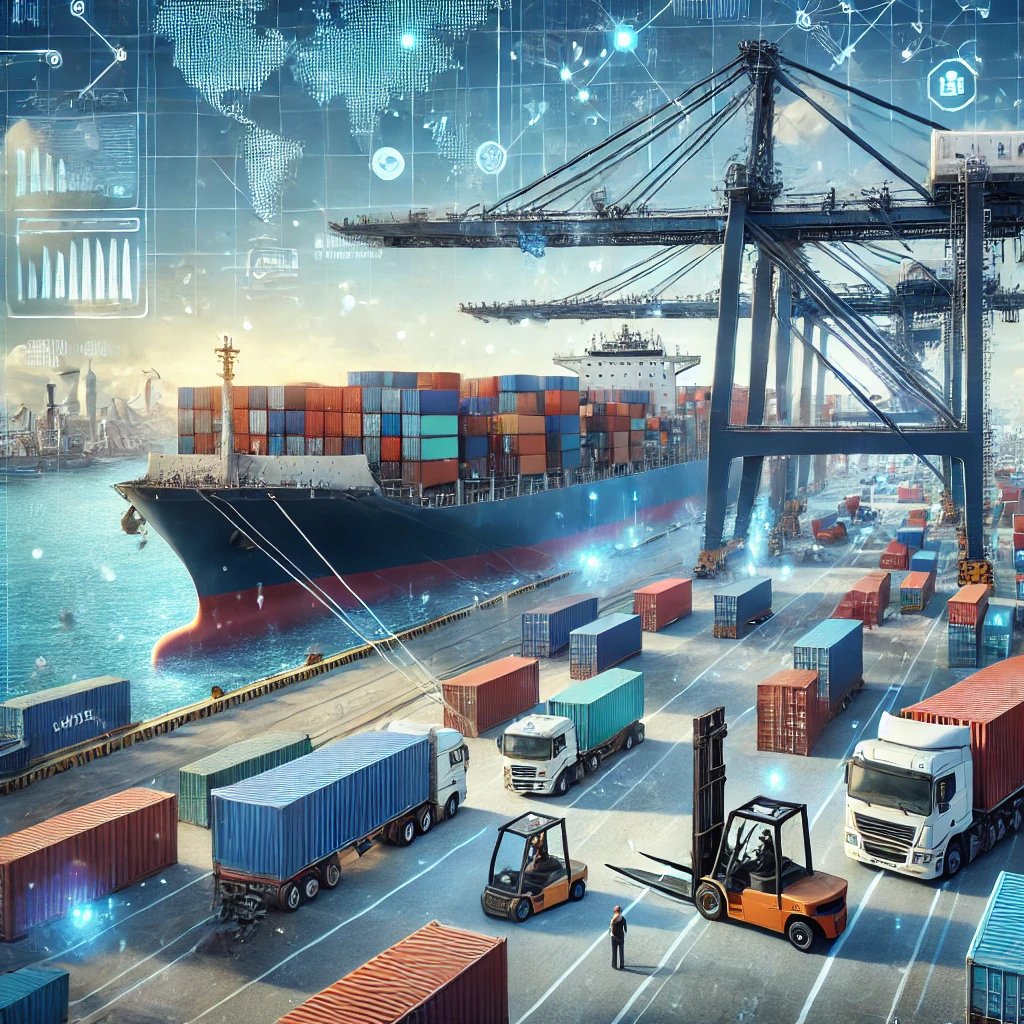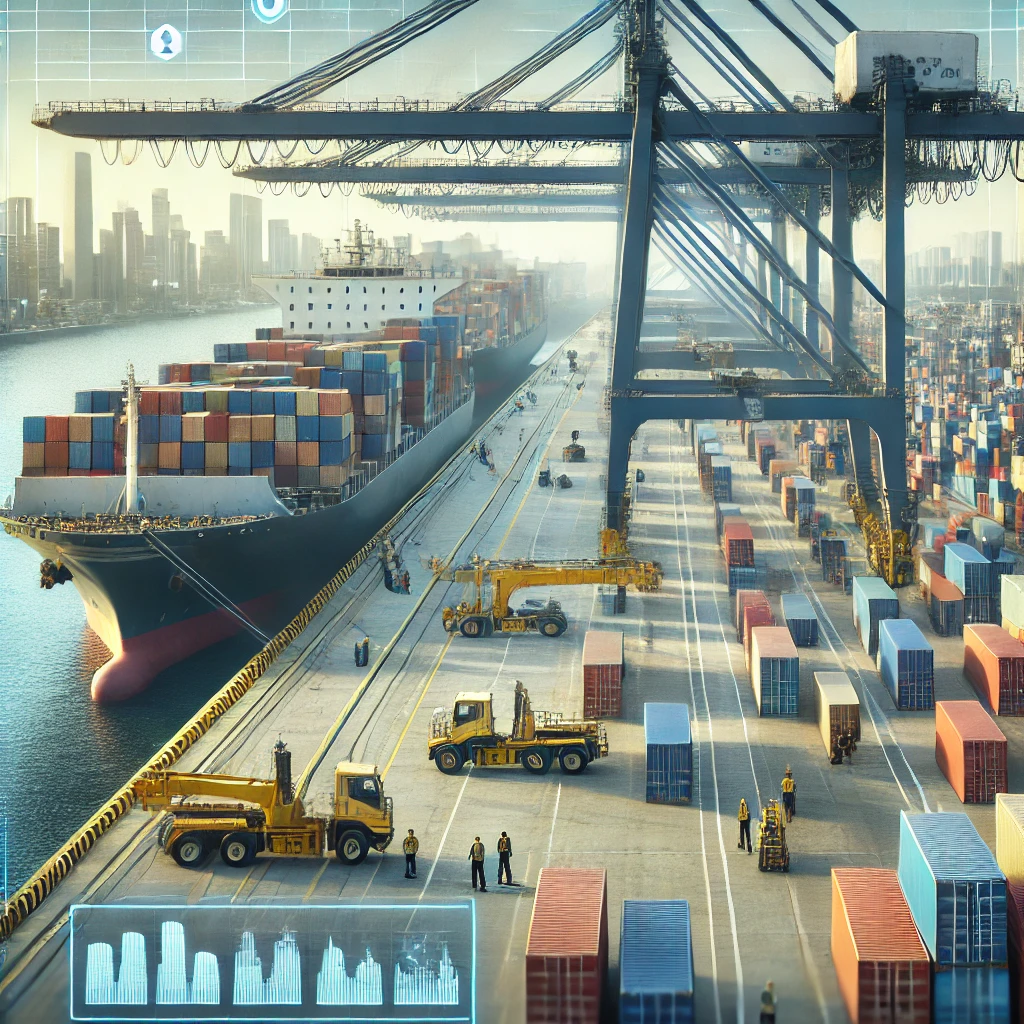The Role of Quay Meaning in Modern Practices

Quay Meaning
A quay is a structure that is built along the edge of a waterway, such as a river, harbor, or port, where ships dock to load and unload cargo. The quay provides a platform for vessels to be moored and supports various port activities, including cargo handling, customs procedures, and the transfer of goods to land transportation modes (trucks, trains, etc.).
In modern port operations, the quay is a crucial component that ensures the smooth movement of goods and enables efficient maritime trade.
Key Features of a Quay:

- Location: Quays are strategically located in harbors or ports where ships can dock safely. They are often positioned along deep-water channels to accommodate large vessels.
- Construction: Quays are typically made of reinforced concrete, steel, or other durable materials to withstand the weight of ships and the force of waves. Some quays are equipped with cranes or other machinery to assist with loading and unloading cargo.
- Design: Quays are designed with specific dimensions to accommodate different types of ships and cargo. They often feature piers, docks, and storage areas to facilitate port operations.
- Functionality: In addition to serving as docking stations, quays also enable the transfer of goods from ships to land transport and vice versa, making them essential to the logistics chain.
How Does a Quay Function in Modern Ports?

Quays meaning play a fundamental role in the operation of modern ports and harbors. Here’s how they function in day-to-day port activities:
- Docking of Ships: Ships arrive at the quay and dock alongside it using mooring lines. Once docked, the ship is secured to prevent movement while cargo operations take place.
- Cargo Handling: Quays are equipped with specialized infrastructure, such as cranes, conveyor belts, and storage facilities, to facilitate the loading and unloading of containers, bulk cargo, and other goods.
- Moored Vessel Management: Quays are built to accommodate different types of ships, including container vessels, bulk carriers, oil tankers, and passenger ships. Depending on the vessel type, port authorities may assign specific quays for docking.
- Storage and Warehousing: Some quays are designed with adjacent warehouses or open storage areas where cargo can be temporarily stored before being transported further inland.
Customs and Inspections: Goods that arrive at the quay are often subject to customs inspections. Quays are sometimes equipped with facilities to handle customs checks and the necessary documentation for international trade.
The Importance of Quays in Global Trade
The quay meaning is a critical component in the global supply chain and maritime trade. Here’s why quays are so important:
- Efficient Cargo Handling: Quays enable the efficient movement of goods between ships and land transport. By providing a stable platform for loading and unloading, they allow for fast, organized cargo operations that reduce port congestion and delays.
- Port Capacity: Ports with multiple quays can handle a high volume of vessels and cargo, increasing port capacity and enabling the efficient management of international trade flows.
- Global Connectivity: Quays serve as key points of connection between different transportation networks, including ships, trucks, trains, and airplanes. They are essential for facilitating trade between countries and regions, particularly in hubs of global commerce.
- Economic Impact: Ports with well-designed quays are integral to the economy of a region, providing jobs, generating revenue from international trade, and contributing to the global supply chain infrastructure.

Types of Quays in Port Operations
There are several types of quays used in modern port operations, each designed for specific purposes:
- Container Quays: These quays are designed specifically for containerized cargo. They feature large cranes and container-handling equipment to efficiently load and unload shipping containers from vessels.
- Bulk Cargo Quays: These quays are designed to accommodate bulk carriers carrying raw materials like coal, grain, oil, or minerals. They often include specialized equipment such as conveyor belts or pipelines for unloading bulk goods.
- Passenger Quays: Ports that handle cruise ships or ferries have dedicated passenger quays. These quays include facilities to manage passenger boarding and disembarking, along with amenities like customs, immigration, and security services.
- Ro-Ro Quays: Ro-Ro (Roll-on/Roll-off) quays are used for vehicles and heavy equipment. These quays allow ships to roll vehicles on and off the vessel, making them ideal for transporting cars, trucks, and construction equipment.
- General Cargo Quays: These quays handle various types of cargo that do not require containerized transport or bulk handling. General cargo quays typically accommodate a variety of goods, such as machinery, electronics, or packaged products.
Why is Quay Design Important for Ports?
Quay design plays a critical role in the efficiency of port operations. Well-designed quays ensure that port activities can be carried out smoothly and safely. Some important design factors include:
- Depth: Quays must be deep enough to accommodate the draft of ships that dock at the port. This is particularly important for accommodating large vessels like container ships or tankers.
- Length: The length of a quay determines how many ships can dock simultaneously. Longer quays allow ports to handle more vessels and improve operational capacity.
- Infrastructure: Quays need to be equipped with cranes, storage facilities, and other infrastructure to manage the efficient loading, unloading, and storage of cargo.
- Safety: Quays must be designed with safety features to protect workers, prevent accidents, and secure vessels. These features may include barriers, secure mooring points, and clear signage.
Conclusion
The quay is a crucial part of port infrastructure that plays a vital role in global trade. By providing the essential docking stations for ships, facilitating cargo handling, and ensuring the efficient transfer of goods, quays enable ports to function as key hubs in the global logistics network.
Understanding the role and importance of quays helps businesses, port authorities, and logistics professionals appreciate the impact of port operations on the broader supply chain. Whether you’re involved in shipping, customs, or port management, the quay is an essential component that keeps goods moving smoothly across the world.
